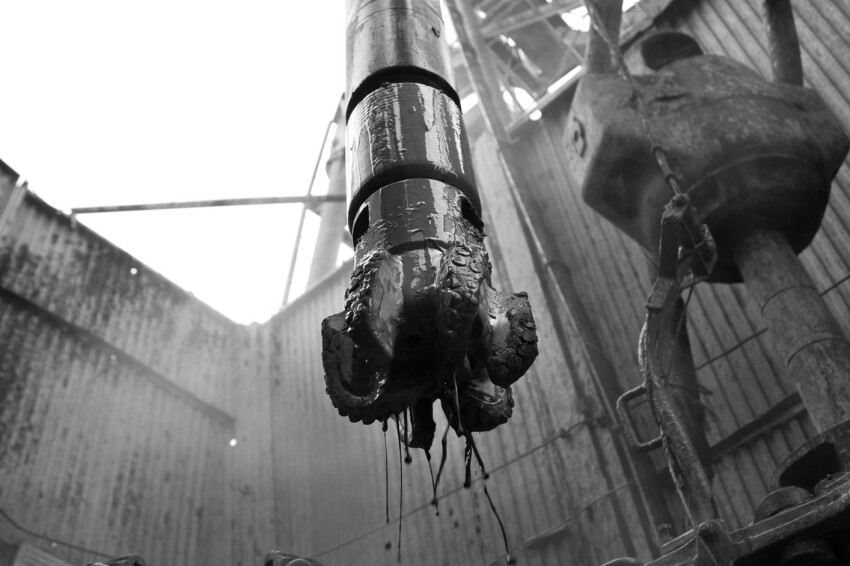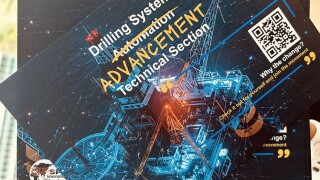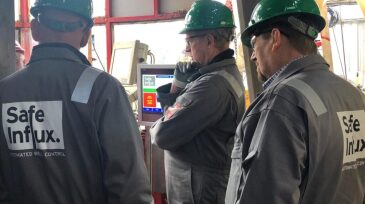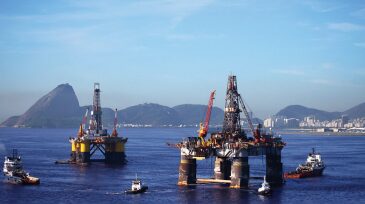Drilling automation
This research aims to develop a fluid-advisory system that provides recommendations for optimal amounts of chemical additives needed to maintain desired fluid properties in various drilling-fluid systems.
The SPE Drilling Systems Automation Technical Section has a new name—and a bigger mission. Discover how DSATS is evolving beyond automation to drive smarter, more connected, and more human-centered drilling systems for the future.
This paper presents the development of a digital tool for automatically analyzing the readiness of a borehole to accept casing. The tool integrates data-driven and physics-based models to indicate locations of risk along the wellbore.
-
The authors describe challenges that must be overcome to reach the goal of drilling systems automation.
-
This paper details the introduction of a drilling automation system to deliver superior well-construction performance in a major gas field.
-
MPD was used to successfully drill through a pore pressure ramp and address a well-control event in conjunction with conventional methods.
-
Drilling automation and innovation continue as dominant trends despite market downturns and unprecedented challenges in the past year. In many ways, the drive toward new efficiencies and step changes in well-construction performance has taken on an even greater sense of urgency.
-
The complete paper presents a solution that integrates a physics-based torque-and-drag (T&D) stiff/soft string model with a real-time drilling analytics system using a custom-built extract, transform, and load translator and digital-transformation applications to automate the T&D modeling work flow.
-
The service companies plan to co-market an emerging well control system that can integrate with established managed-pressure-drilling components to enhance well construction safety and efficiency.
-
Brazil’s national oil company details the results of 6 years of real-time drilling monitoring. The next step is to move toward optimization, then automation.
-
An intelligent drilling optimization application performs as an adaptive autodriller. In the Marcellus Shale, ROP improved 61% and 39% and drilling performance, measured as hours on bottom, improved 25%.
-
A real-time deep-learning model is proposed to classify the volume of cuttings from a shale shaker on an offshore drilling rig by analyzing the real-time monitoring video stream.
-
The best way to know how drilling affects drill bits is to visualize the bits. A device that creates high-resolution images for precise measurements is one of three technologies being featured in a JPT series on drilling measurement innovations.













